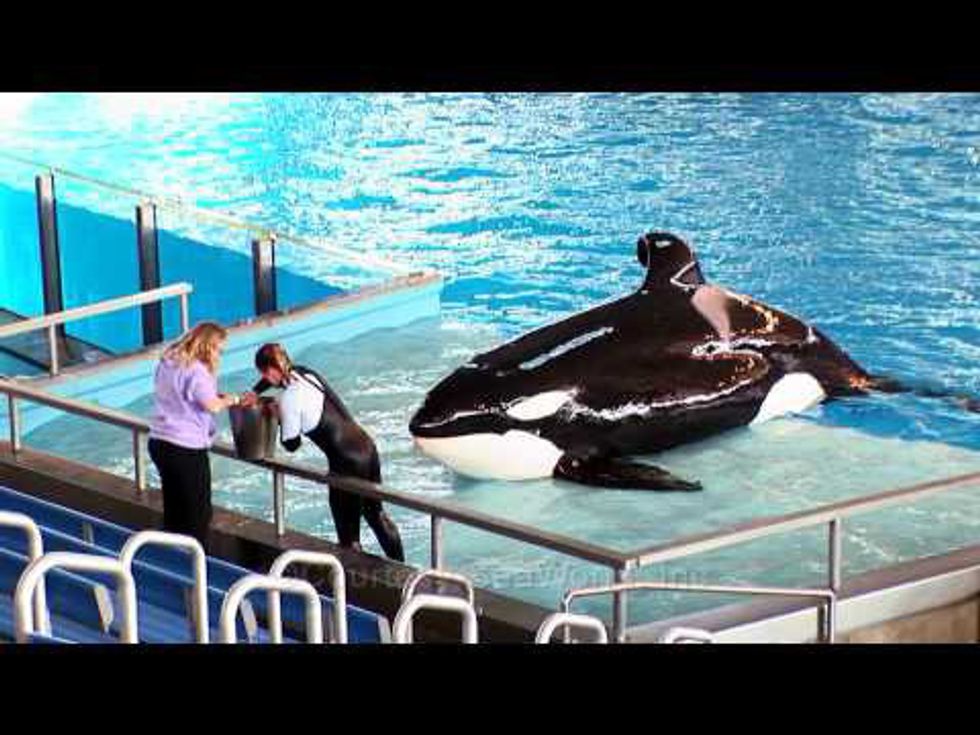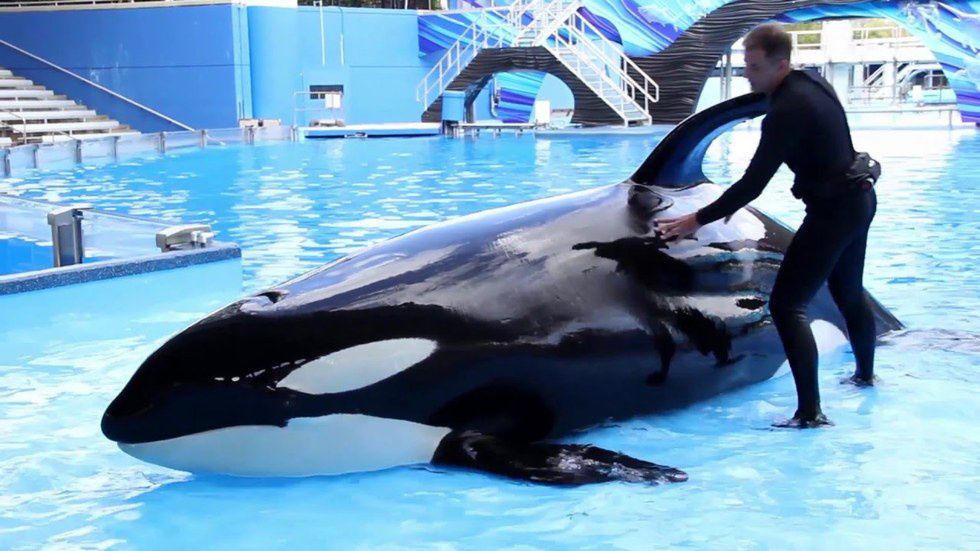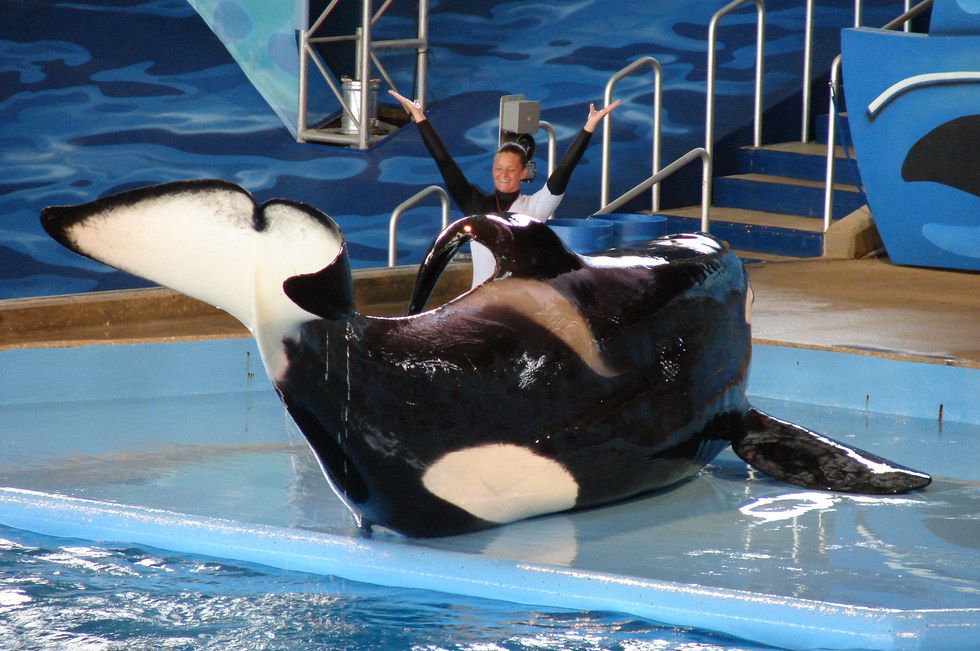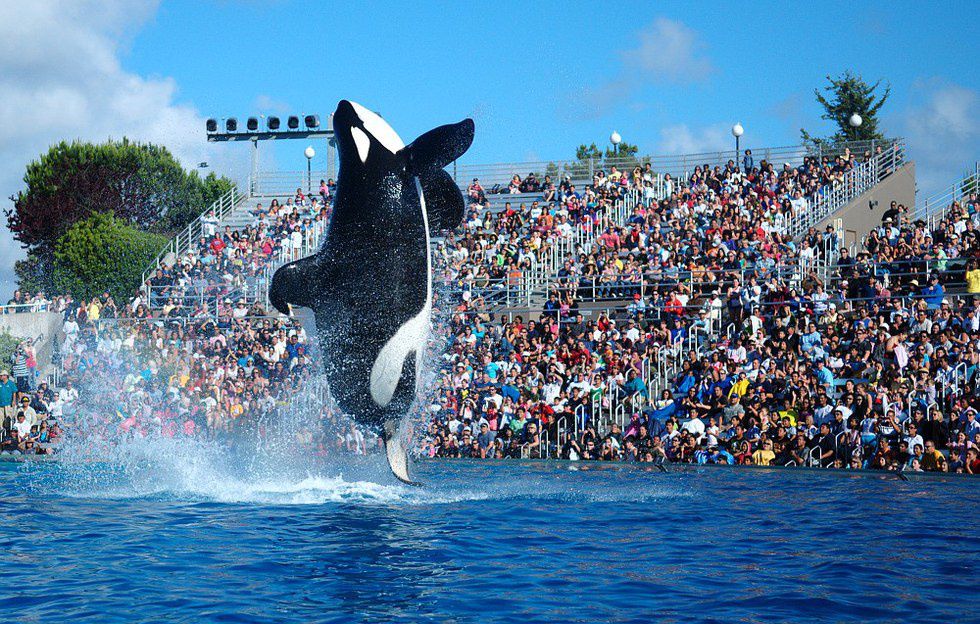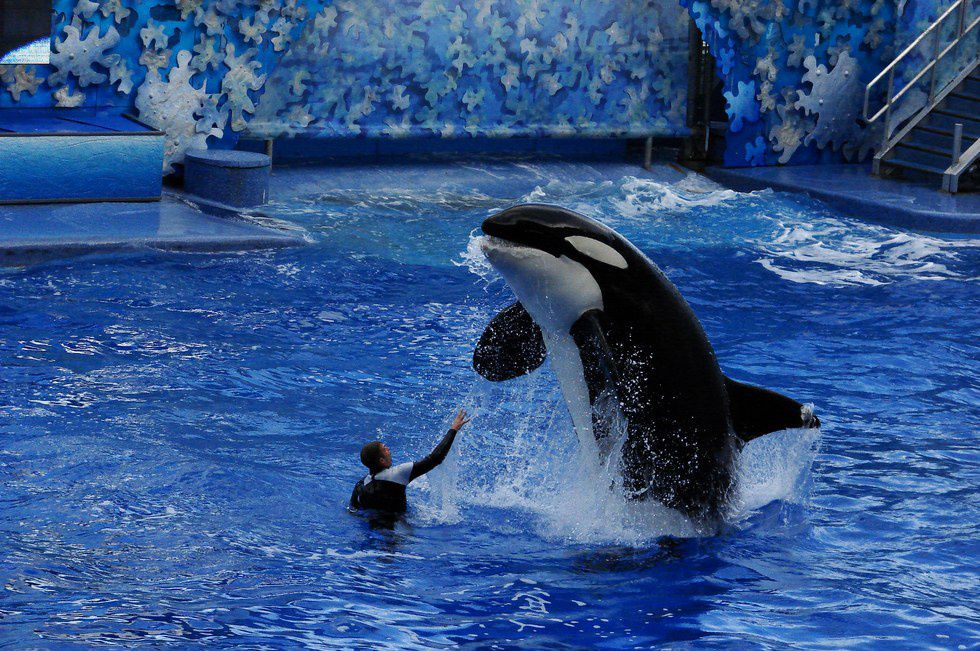Since 1961 orca whales have been taken captive. These whales have been removed from the wild for scientific reasons as well as educational reasons. Marine biologists create bonds with these animals, and look after them each and every day to learn more about the species.
Today, we see these whales promoted as attractions at wildlife exhibits such as SeaWorld. SeaWorld promotes ocean wildlife education for all visitors, and ensures that the whales are treated properly. They even state that the whales enjoy being there. With all these good intentions, what could possibly go wrong?
There are no reasons orcas should remain in captivity.
One hundred and fifty orcas have been removed from the wild, and 127 of these whales are now dead.
Orcas are massive animals, weighing anywhere from 3,000 to 8,000 pounds and even more. They simply do not belong in a concrete box in an environment that does not even begin to simulate the ocean.
So what are the reasons orcas should not be captivity?
1. Orcas become more aggressive in captivity
There are no reports of an orca killing a human in the ocean, however four trainers have been killed by these animals in captivity. In addition, only one person has been slightly injured by an orca in the wild which resulted in stitches. In captivity however there have been countless injuries ranging from trainers being dragged underwater for dangerous amounts of time to whales collapsing on the trainers.
2. Orcas live shorter lives in captivity
Orca whales in captivity have shown a mortality rate two and a half times the rate of orcas in the wild. Wild orcas live on average 68 years, whereas few whales live past 30 in captivity.
3. Orcas lose natural responses in captivity
Orcas use echolocation in the wild, however in a concrete holding tank orcas have not been seen using echolocation because the area is too small to use it. In addition, 100% of orcas in captivity have a collapsed dorsal fin because the tanks are too shallow which forces gravity on the fin, forcing it to collapse. Only 5% of wild orcas have been seen with a collapsed fin.
4. Orcas become mentally unstable in captivity
Orcas are naturally migratory animals, swimming upwards of 100 miles per day. A whale in captivity would need to swim the holding tank 1,400 times to match this. Orcas are continually moving animals however, orcas in captivity can be seen standing still for hours. This boredom leads to increased aggression in the animals, leading to injuries to other whales and trainers.
5. Public display facilities donate minimal amounts of revenue to whale conservation
Entertainment facilities such as SeaWorld claim to promote whale and ocean life conservation, but have you ever asked where the money goes or how much it is? SeaWorld actually donates .0006% of its revenue to conservation. In fact, fewer than five to 10 percent of zoos, dolphinaria, and aquaria are involved in substantial conservation programs either in natural habitat or in captive settings, and the amount spent on these programs is a mere fraction of the income generated by the facilities.
Orca whales do not belong in captivity regardless of what public display facilities may state. Placing these large wild animals on display leads to false images of what these animals are actually like. There are no educational benefits to keeping orcas in captivity because they are meant to communicate with natural social groups in the extensive ocean.
This information was concluded by Dr. Naomi Rose, a marine biologist who has studied orca whales in the wild and in captivity for 30 years. The information can be found in her journal Killer Controversy published by the Humane Society of the United States.




